Agile transformations are typically well-intentioned but suffer from flawed strategies. Agile is both something to strive for and to embrace in organisations. At this point, you want to iterate and perform Sprints. “Sprint” makes people think of the Olympics.
Congratulations, you have witnessed the after-race sprinters. You don’t expect your Agile teams to spring off the ground and sprint another time, though we do. The daily scrum or stand-up meeting gives developers the impression of micromanagement. They perceive Scrum Master as being their supervisor. They feel they are being hurried. They fail to see the race ending. Quality doesn’t matter when it comes to the two-week cycle. Release is the only important thing.
This happens repeatedly. Starting incremental management without investing in incremental engineering and development skills causes the pain. Incremental management with incremental development introduces visible problems. More times than not, developers don’t finish their work in the iteration. See the bug list grow, shortcuts taken, the code deteriorated, and developer morale decline.
Avoiding this pain involves developing your employees. Support their incremental growth in knowledge, understanding, and skills. Achieving a successful product incrementally does not require any secret skills.
You’ll likely deliver your planned content on time. a smaller or nonexistent bug list, better quality code, and higher developer morale
Incremental management practise without increment Incremental management combined with incremental development will yield great results. Scrum does not prescribe development practises. Nevertheless, Scrum necessitates having your standards and agreements in place; thus, transparency and empiricism are essential.
In short, Agile is about using brains over brawn. The original concept was generating faster and more flexible results, but not by doing more work in less time, but by creating value in less time, which is more than sprinting.
In reality, people generally think of Agile as using Agile terminology (sprints, scrum, epics, time boxes), believing that people in the team can do anything they want, and performing more work in less time. The other names for Agile are “faster releases,” “frequent meetings,” and “ongoing collaboration.”
We’re forced to ask ourselves and answer the million dollar question: “Are we truly Agile?” We are only talking about the JIRA language, sprint ceremonies, integrating with Jenkins, and confluence, and using agile marketing tools.
Agilely approaching: What does “agile” really mean?
In his HBR article “Embrace of Agile,” Steve Dunning says, “Agile is a mindset, not a methodology.” This makes sense in many ways. Agile is a framework, not a methodology, where shareholders prioritise requirements. Agile is an on-going functional process created in a team environment. Agile organisations should follow these crucial steps if they want to maximise their Agile potential:
- know the basics – When you remember that one of the main goals of the Agile approach is to please customers, think about this statement: “Deliver working software frequently, from a few weeks to a few months, with a preference for the shorter time scale.” Ideas will follow once you have a clear objective.
- Agile could work Here “Yes, or no?” – projects that are easily completed and accomplished with traditional software development Agile shouldn’t be considered as one-size-fits-all. It needs a total team effort which includes developers, testers, business analysts, and the Scrum Master.
- Describe current status and interact with colleagues – Communication is more than just running fast. Project teams must engage frequently with business and software development professionals. Rather than managers, use leaders. Agile is strong because those who are doing the hands-on work are the ones who plan, make decisions, and report the status of the project.
- Accept small changes, deliver, and get immediate feedback on the minor iterations; implement the change to improve your approach and the project results. The team must discover what practises, processes, and techniques are being employed before making any changes. Make sure the end results are exactly as product owners/customers wanted.
Implement, use, and do Bring everything else up to date. say “Do it Agile!” deliver products that emphasise on value, and emphasis on delivering value Develop and accept change to improve the project’s approach and result.
Sticking to the basics, and applying learning to all steps of software development process is what Agile is all about and Agile is an approach and not a goal & Being “100 Percent Agile” Is a Bad Reflective Goal.
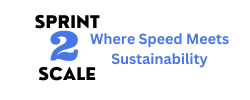
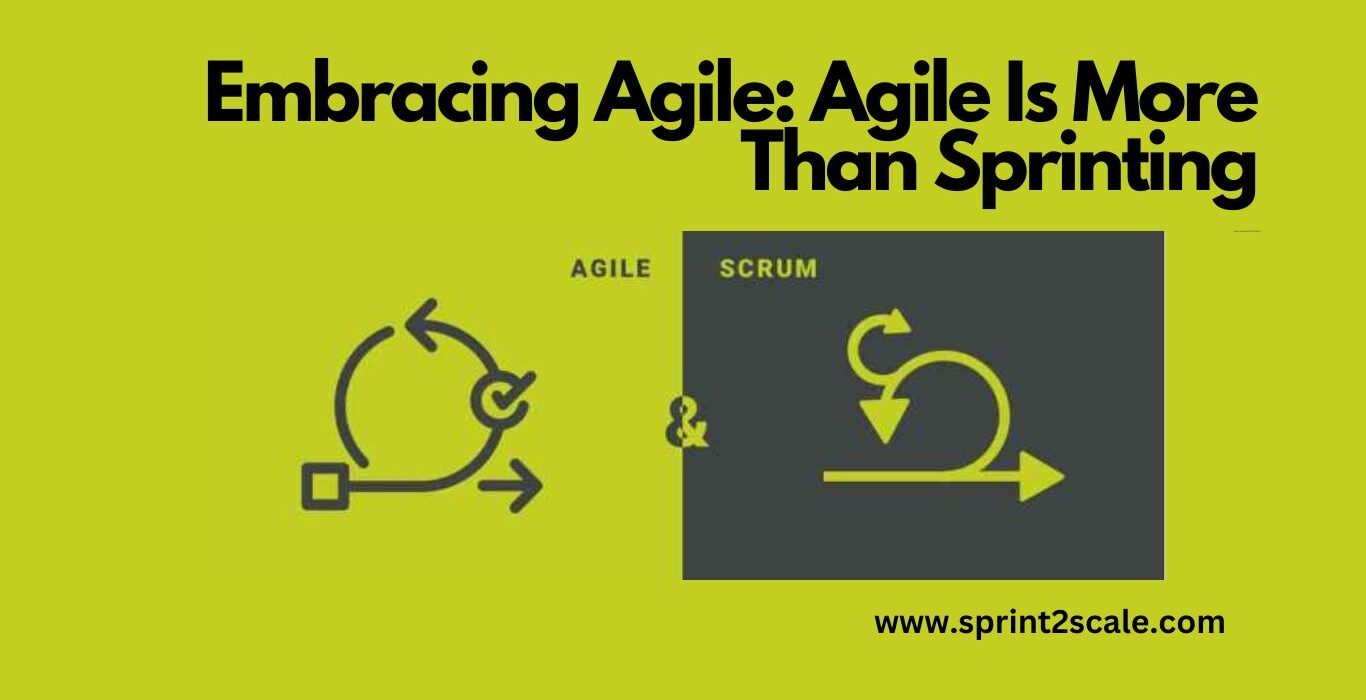

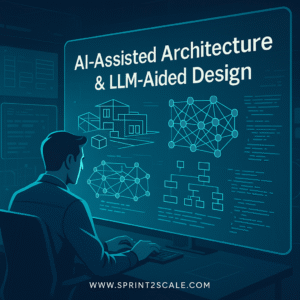
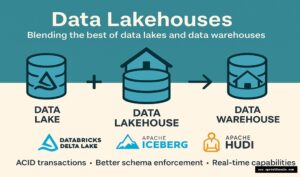
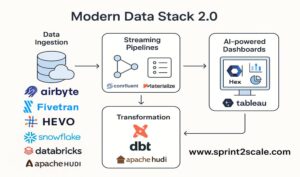
No Comment! Be the first one.